Low-carbon concrete - green cement at last?
One of the most essential and commonly-used building materials in home construction, commercial buildings and city infrastructure is concrete, which has an extremely high carbon footprint, with cement production accounting for 7% of global carbon emission. This problem is considered to be increasing at a time we are supposed to be reducing carbon output due to dramatic growth of populations and the need for more homes and city infrastructure predicted over the next 30 years.
Environmentalists have encouraged city planners, architects and construction professionals to find alternatives to concrete for years in the quest for a lower carbon footprint in the built environment in the quest for zero carbon homes - and now a Canadian company may have the answer with a carbon-sequestering concrete system that appears to have the attributes ideal for general use across all building sectors, and that is gaining fans in the green building community. Is CarbonCure low-carbon concrete the solution we've been waiting for to reduce the carbon output from home building?
Concrete in homes = high carbon footprint
Have you seen a house without any concrete in it? it’s not impossible to build a home without concrete as you could rest a home on screw piles, but you really don’t see that very often. Almost every home in North America is either seated on a concrete foundation and basement, or a concrete slab on grade foundation. A very large percentage of the total lifecycle carbon emissions of a home is due to the foundation, so cleaning that up would greatly reduce the total greenhouse gas emissions (GHGs) of a home.
Carbon sequestering is one of the more hopeful solutions to slowing runaway climate change, as it prevents the release of carbon into the atmosphere. Currently the only real carbon storage option in green building materials comes from natural building products such as strawbales, wood for framing, cellulose insulation, hemp insulation, insulated wood fiberboard panels, MDF panels made from rice, and other wood products such as formaldehyde-free OSB or plywood.
There is a growing trend in the green home building industry to use more eco-friendly building materials, and due to that demand, more manufacturers are showing up in the market all the time as demand increases. But nothing so far can touch the impact that carbon storage in concrete could have if this became the norm around the globe.
Where does the carbon in concrete come from?
Concrete is made with a mix of crushed stone, sand, water, and Portland cement. The heavy carbon contributor in that mix is the cement. It requires a significant amount of energy to produce, and for every ton produced, one ton of carbon is released into the atmosphere contributing to climate change if the science has it right.

The most interesting part about this new low-carbon concrete is that the process can be added to just about any concrete plant - and although there's an investment in new equipment to make it happen, the existing equipment doesn't have to be junked. In effect it's a "fancy new" carbon admix in the form of a mineral which is injected into the mix.
The benefits of carbon storage in concrete are twofold – on one hand CO2 is being introduced to the mix, so once the concrete hardens it is sequestered forever, and the other benefit is that adding carbon to concrete actually makes it stronger. That means between 5% and 7% less cement is needed to achieve the same compression strength. Using less of the most expensive ingredient offsets the added cost of carbon, so the price for this "eco-friendly" concrete remains about the same.
According to Christie Gamble, the Director of Sustainability at CarbonCure, the Canadian company behind this innovation, this technique does not require any change in the production procedure, and allows ready-mix firms to use less Portland cement.
“Operationally, it is very simple,” she said. “It’s essentially the same as injecting an admixture into the mix except in this case the admixture is C02 that originally came from an emitter source.”
How much carbon footprint can low-carbon concrete solve?
There is a 12 story development in Atlanta, Georgia that is the largest project ever to use carbon cure concrete, and that project alone is estimated to have sequestered 1.5 million lbs of CO2 in 4,800 cubic yards of concrete, which is the equivalent to what 800 acres of forest can sequester in a year, or to use the medias favorite comparison – taking 1.5 million cars off the road.

According to an article in Scientific America, The U.S. used over 122 million metric tons of Portland cement in 2006, and during that same time period China used at least 800 million metric tons. With the amount of carbon cure concrete produced by just 23 plants, 10 million lbs of CO2 emissions were sequestered rather than being released into the atmosphere - so that's certainly a start on the right path.
Can I get low-carbon concrete locally?
There are currently over 100 concrete plants in Canada and the US that use this innovative carbon-sequestering technology. While that is an encouraging number, it is only a fraction of the 5500 concrete plants estimated to be in operation in the US alone - so if you're a ready-mix company or a company using concrete to make hardscaping products, then do everyone a favor and look into offering this low-carbon concrete at your plant by contacting CarbonCure here.
“We understood inherently that if we wanted to be able to promote carbon reduction, it has to be a technology that made financial sense, made operational sense, that didn’t affect schedules or basically the way in which concrete was made,” Christie Gamble also said. “We understood it needed to be as easy and simple and sensible as possible in order to help the industry transition into lower carbon.”
We say if CarbonCure low-carbon concrete is available near you, and you're building eco homes or buildings, especially those with a slab-on-grade foundation or basement, consider seeing if you have local suppliers of this innovative low carbon concrete solution and give them a chance to quote for your next concrete job.
Now you know more about low-carbon concrete and how it can help reduce the carbon footprint of eco homes & sustainable construction...Find more pages about sustainable and resilient green building techniques here :
Find more about green home construction in the Ecohome Green Building Guide pages and find out about the benefits of signing up for a free Ecohome membership! |





















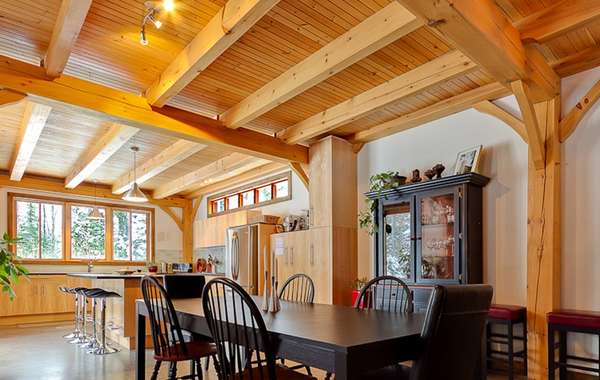
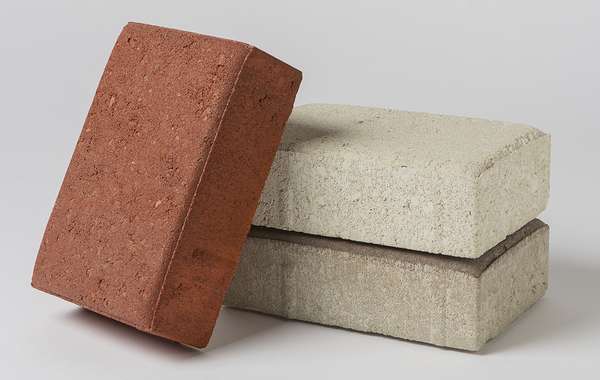

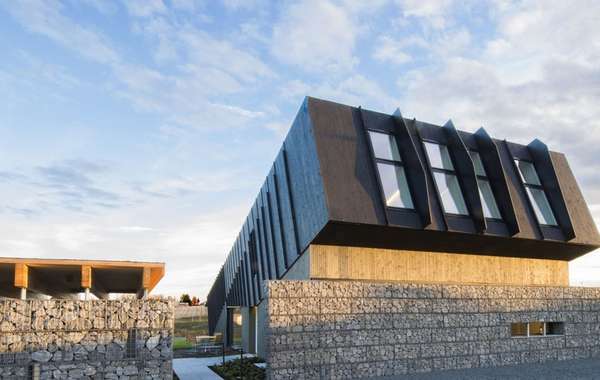



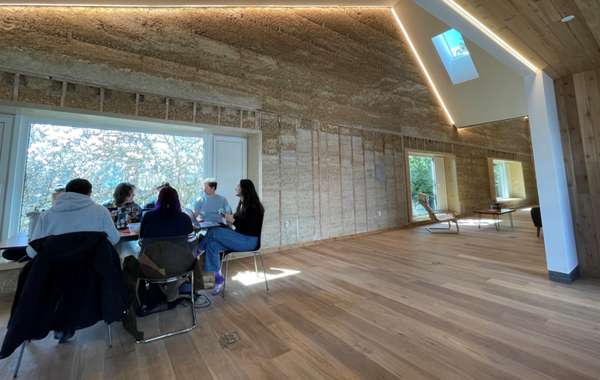
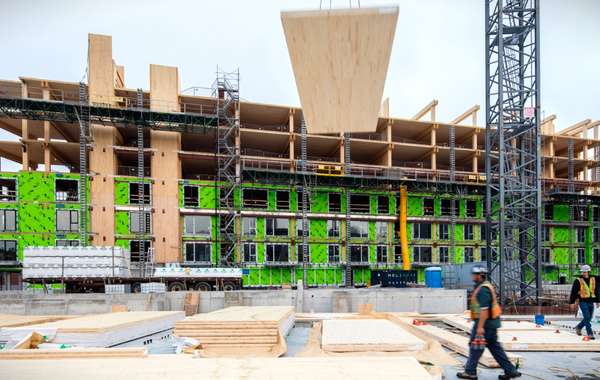
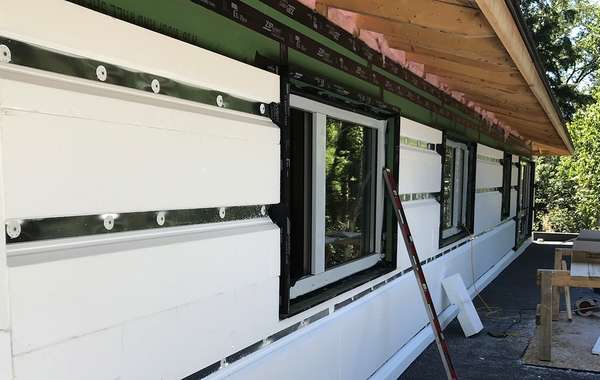

Why use cement at all... how did the world build THE WONDERS OF THE WORLD ...long long before Portland Cement was "created" about 200+ years back.
This also includes the "recent" Taj Mahal..
The Construction Industry has to "re-think" how it constructs, keeping use of POLLUTION FREE Materials as their PRIMARY REQUIREMENT of Materials used in Construction.
Society is paying for the "short-cut" it took by excluding Environmental Damage and Pollution from its MOST PROMINENT REQUIREMENTS...
I SAY to the Construction/Concrete Industry ....
Get off you Couches and start THINKING AND ELIMINATE THE POLUTION "PROBLEM" YOU HAVE THRUST ON MANKIND... and your efforts will be well rewarded...
Look at Sweden's HYBRIT Project that is making "Green Steel"... why MUST WE HAVE ONLY A CALCIUM CARBONATE BASED CONSTRUCTION ADHESIVE.. WHY NOT USE NON-POLLUTING BIO(??) OR OTHER OPTIONS ..???.
Yes... GET OUT OF YOUR COMFORT BOX/ZONE and START EARNING YOUR SALARIES BY HELPING ELIMINATE POLLUTION CAUSED BY YOUR INDUSTRY... BEFORE THIS VERY POLLUTION BITES BACK IN THE FORM OF DEATH AND SUFFERING FOR YOU, YOUR FAMILY AND LOVED ONES...